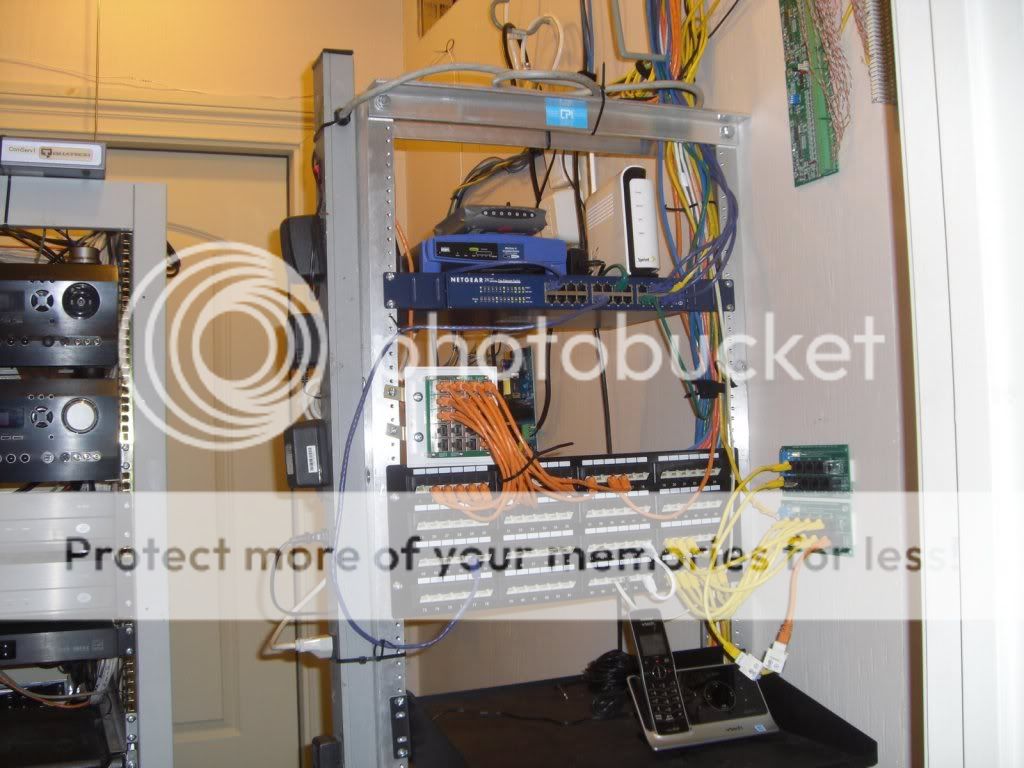mschubert9
New Member
I just received my elk m1 and all of my window sensors and keypads. I have all wireless window sensors and motion sensors. However, I am new to this and not sure where to start with the wiring. I know I need to wire the wireless sensor that I got to the actual system. I also know that I need to wire my ethernet module to the main system. I am assuming that I also need to wire the keypads and the siren to the main system.
My problem is that I am not sure which wires I will need. I am thinking that I need a cat5 wire for the ethernet but unsure what I need to hook up the siren/keypads/wireless module.
I have read some posts on here and am hoping that someone can help me. I'm new to the wiring and alarm/ha install. And my wife will kill me if I am unable to do this on my own now! B)
Thanks for your help.
My problem is that I am not sure which wires I will need. I am thinking that I need a cat5 wire for the ethernet but unsure what I need to hook up the siren/keypads/wireless module.
I have read some posts on here and am hoping that someone can help me. I'm new to the wiring and alarm/ha install. And my wife will kill me if I am unable to do this on my own now! B)
Thanks for your help.

